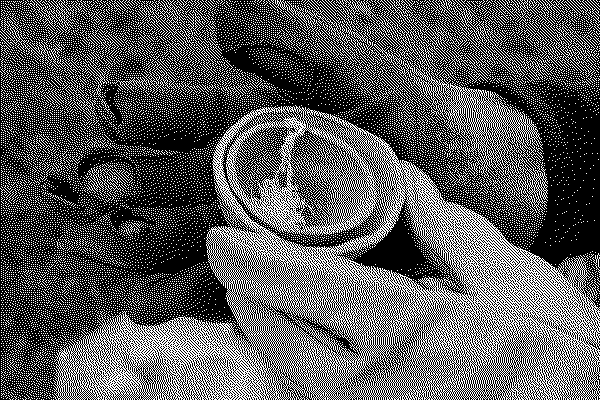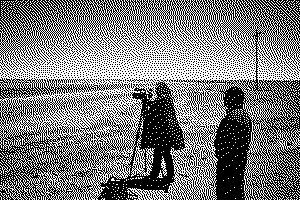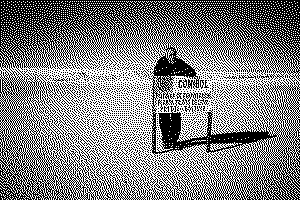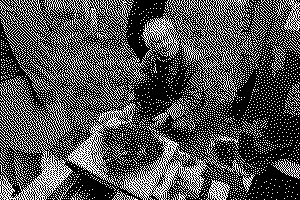Recolonization with artificial nodules. Real or fake?
deep-sea mining is a type of extractivism that scrapes up polymetallic nodules but at the same time removes all life that has attached itself to these nodules. This new industry thus also causes a permanent loss of habitat for living things at that depth.
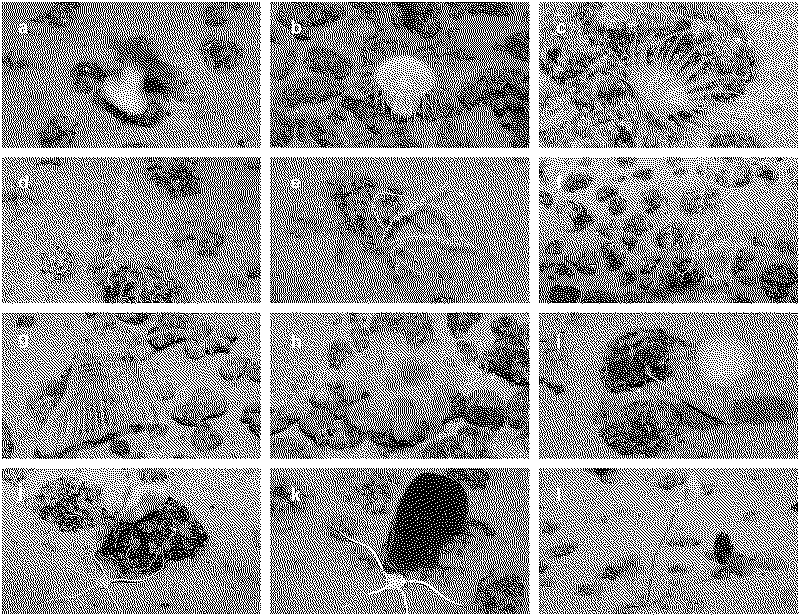
The deep sea, the abyssal zone - between 4 and 6 km deep, lives extremely slowly. It also recovers extremely slowly. Traces of machinery pulled into the deep sea for Peru decades ago are still there as they were then. Companies are responsible for restoring their mining area to its original state after the operation. Several re-colonisation experiments are ongoing. One experiment, by NIOZ, Netherlands, deployed frames with artificial nodules to test whether this would help restore the ecosystem after mining.
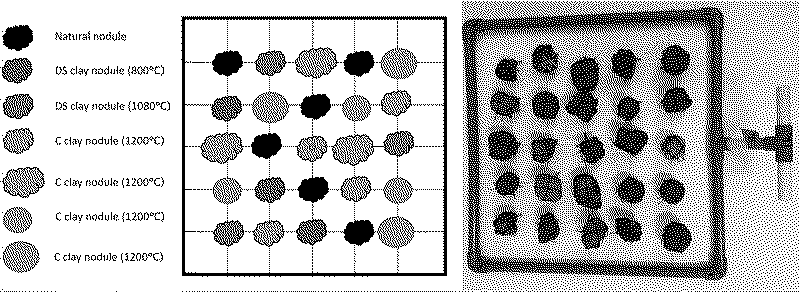
Implications of Deep-Sea Mining on Marine Ecosystems
Is this plan to recolonise the deep sea and restore the ecosystem realistic, or a watery one? To bring this question into focus, we want to explore whether we could not simply reproduce nature with ceramic nodules from deep-sea clay, not biomimicry, but whether in our human arrogance we can develop a better product. Can humans bend the planet to their will and, after destroying an area, not only reproduce nature but also improve and innovate? Or do man's geological, climatic and ecological influences stretch to the point of being irreparable?
At the Algae to Ashes, Ashes to Glazes workshop, we started the first tests. Can we use seaweed to upgrade deep-sea clay and design an A+++ Nodules or 4.0 Nodules.
The deep-sea clay used is from the GSR exploration contract area and we received it through NIOZ, which is conducting research on fauna recovery after mine impacts. Visual artist and ceramist Lot Lemm is advising us with technical knowledge for manufacturing ceramic products.
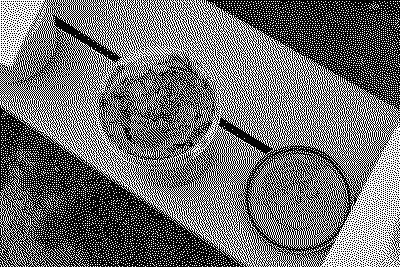
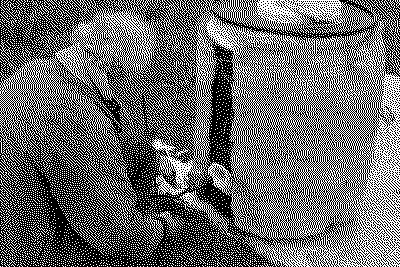
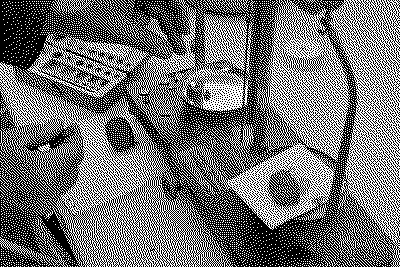
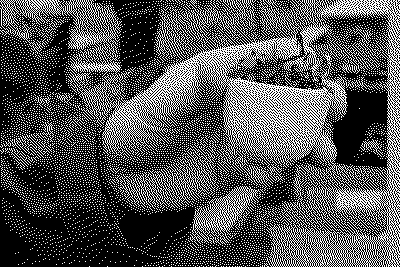






Algae to Ashes, Ashes to Glazes
10 items
From Algae to Ashes, from Ashes to Glazes was organised by the Atlas of Ovens as part of the exhibition Tidal Zone Experiences with Filip Van Dingenen, Hélène Meyer. The Atlas of Ovens is an artistic research project that explores the physical and social aspects of heat practices. It is a collaboration between Clémentine Vaultier, Maximiliaan Royakkers and Ciel Grommen, who bring their backgrounds in architecture and ceramics into the project.The workshop was an interaction between different artistic and academic researchers with backgrounds in ceramics, architecture and the arts, a gathering in the fumes of seaweed to exchange interests, knowledge and practices. Above all, it was a unique opportunity to see how Jean-François Paquay proceeds in his work with ashes, and to participate in the research on algae.
